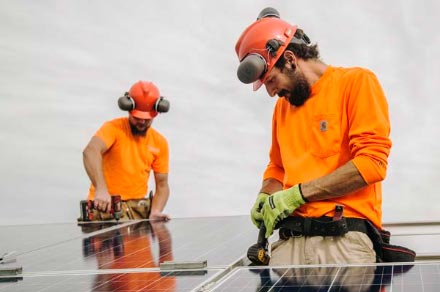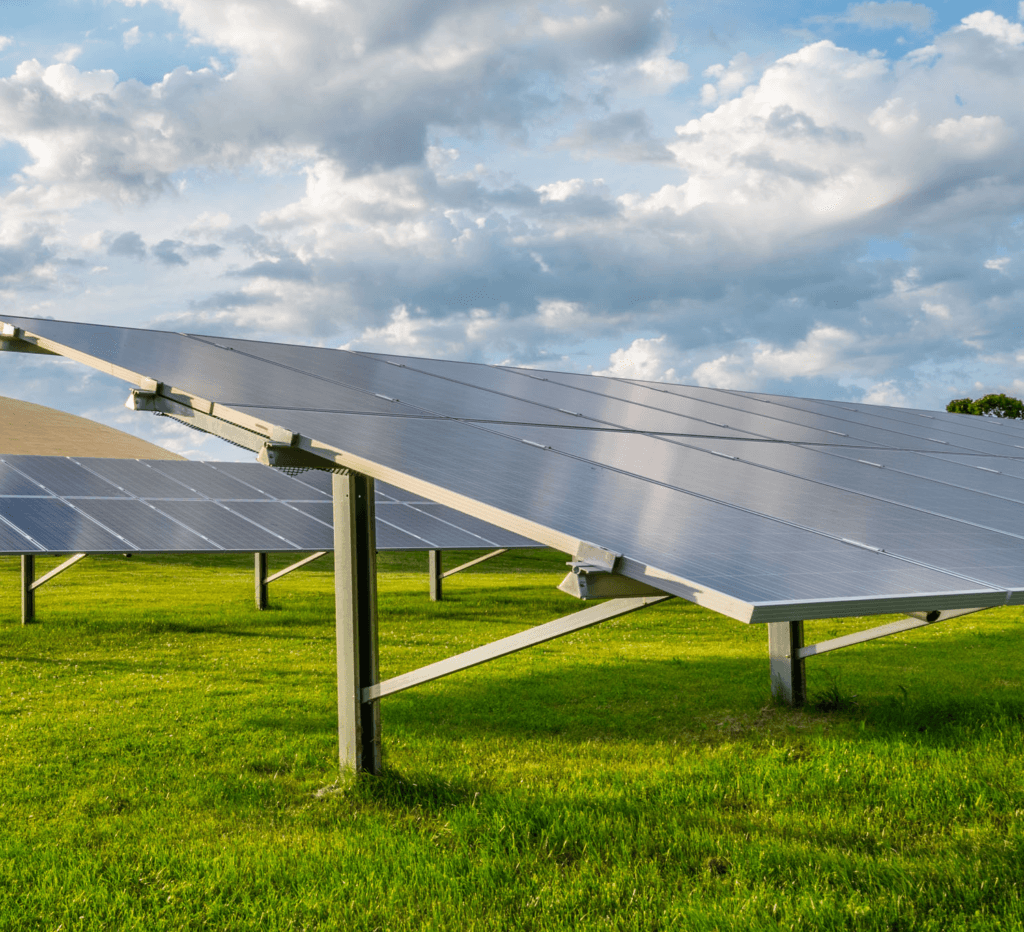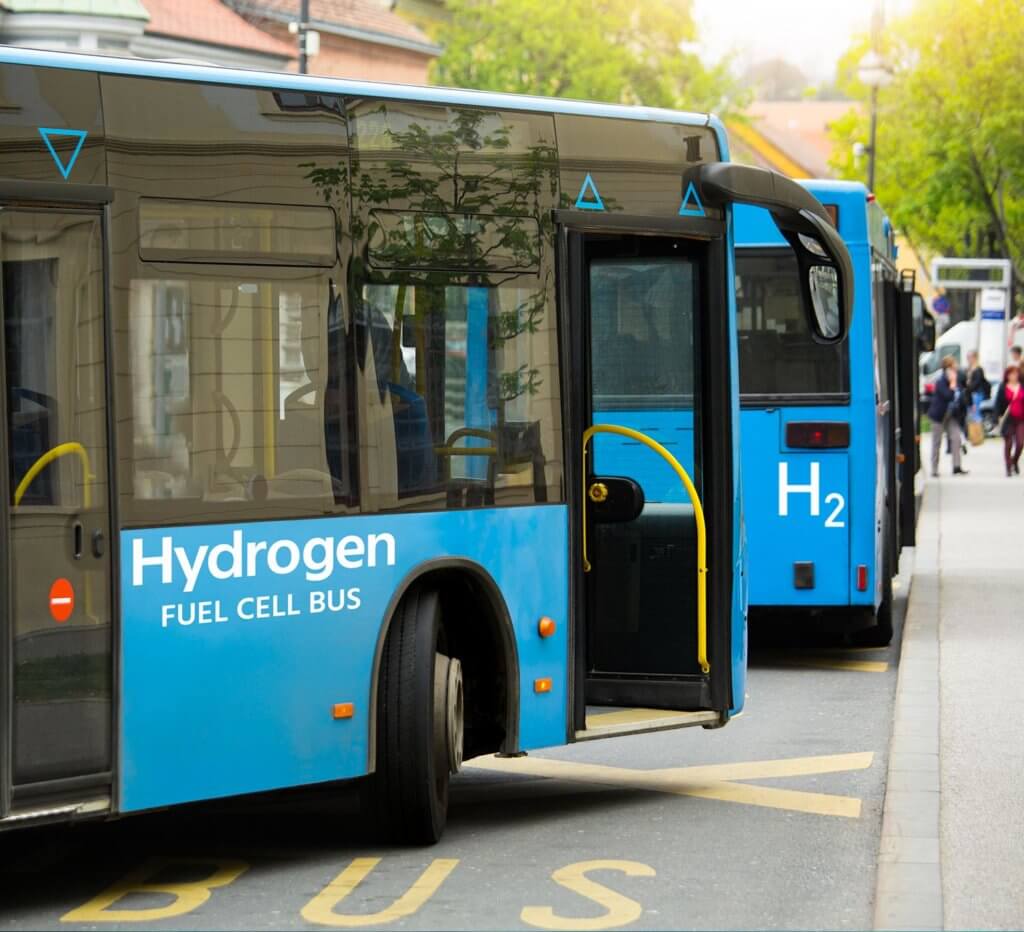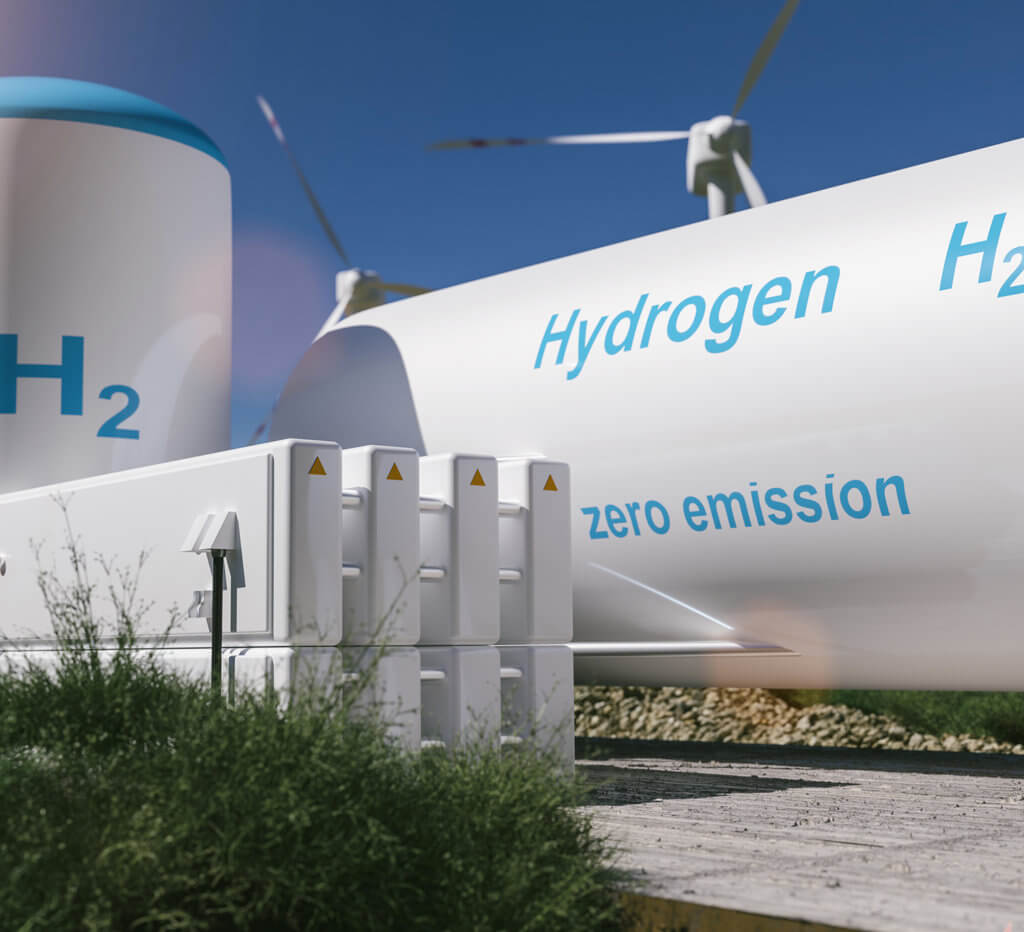Agrivoltaics is the combination of solar energy and farming. It attempts to solve multiple problems at once – increasing renewable energy production, increasing sustainable food productions, and preserving land and water resources. Some proponents call this the food–energy–water nexus (FEW).
There are three types of agrivoltaics systems: rows of solar arrays with crops planted in between, solar arrays on tall rack mounts with crops planted underneath, and greenhouses with solar arrays on their roofs. Typically, shade tolerant crops like lettuce are used in agrivoltaic systems. In some systems, agrivoltaics includes animal husbandry, beekeeping, or pollinator habitat instead of crops.
What are the Benefits of Agrivoltaics?
Increased productivity
Agrivoltaics allows productive use of the land beneath solar arrays. In contrast, the land under most large ground-mounted solar installations is deliberately kept free of weeds and plants to reduce maintenance and shading. In some cases, the topsoil is removed and gravel is laid down. Agrivoltaics puts that land back into agriculturally productive use.
Reduced competition between agriculture and energy
Agrivoltaics can also reduce potential competition for land between agricultural and energy uses. A recent study published in Nature found that croplands, grasslands, and wetlands are the top three land cover types for solar photovoltaic efficiency. While this could portend increasing competition for prime land, it also presents an opportunity for dual use agrivoltaics.
Increased solar panel efficiency
Several studies, including the study linked above, indicate that solar panels work best at lower temperatures. Transpiration, or the movement of water from plants into the atmosphere, cools the air around plants. This means agrivoltaics can improve solar panel efficiency by cooling off the microclimate around solar arrays.
What are the Limitations of Agrivoltaics?
Requires shade tolerant species
Agrivoltaics works best with shade tolerant crops. Lettuce, for example, is a prime candidate for dual use planting. Other crop species adapted to understory growth can also work well, including chiltepin peppers and some types of tomatoes. A study at Biosphere 2 found chiltepin production tripled under the partial shade of an agrivoltaic system. Cereal grains, on the other hand, prefer full sun and are unlikely to perform as well with agrivoltaics.
Potential for reduced crop yield
Careful crop selection is important for the success of agrivoltaics. Although chiltepin pepper production increased dramatically, jalapeño production declined by 11%. Agrivoltaics can’t be paired with every crop.
Next Steps
At Ideal Energy we love win-wins. Agrivoltaics bridges the gap between our work in renewable energy and the agriculture-focused economy of Iowa and the Midwest. Pollinator habitat and regenerative agriculture research plots were part of the 1.1 megawatt MIU Solar Power Plant we developed in 2018. We look forward to incorporating agrivoltaics into even more of our projects in the future…stay tuned for an announcement about a very special project coming to Iowa soon.








